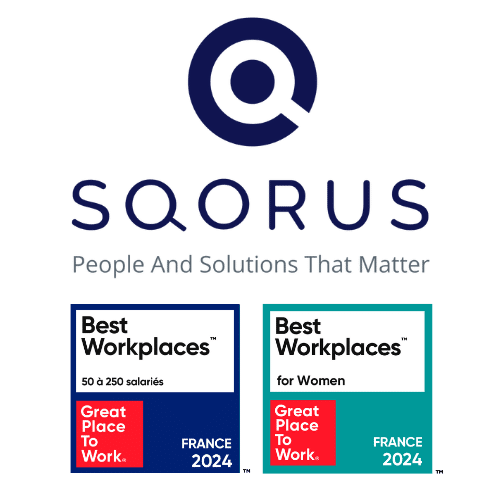HR Data projects are essential today for transforming human resources. They help to make informed decisions, better understand internal dynamics and anticipate skills needs. However, many of these projects fail to deliver value or endure. Here are 5 common mistakes encountered in the field, along with tips on how to avoid them and make all your HR Data projects a success.
1 – Unclear or overly ambitious targets
One of the most common mistakes is to start an HR Data project without having defined clear objectives. Saying you want to “make better use of HR data” is not enough. It’s crucial to have precise, measurable objectives, in line with the company’s challenges, such as reducing turnover or optimizing recruitment.
How to avoid it?
From the outset, clarify the problems you want to solve with data. Draw up a roadmap in MVP (minimum viable product) mode, with deliverables that are fast, useful and adaptable.
2 – Underestimated data quality
HR data is often heterogeneous and poorly organized. It is not uncommon for information from HRIS, Excel files or other tools to be inconsistent, duplicated or missing.
How to avoid it?
Before starting any project, carry out a data quality audit. Set up governance rules, such as common data owners and repositories, and integrate a data cleansing process from the outset. A dashboard based on unreliable data loses all credibility.
3 – An approach that is too technological and not human enough
Some projects focus solely on tools such as Business Intelligence (BI), Artificial Intelligence (AI) or datalakes, neglecting the essential: HR data must serve people.
A project run solely by the IT department, without strong involvement from HR or managers, is unlikely to meet real needs in the field.
How to avoid it?
It is crucial to co-construct projects with HR teams. Testing use cases with end-users and integrating a “user experience” dimension into the tools delivered is essential. Data should not be a constraint, but rather a natural part of HR practices.
4 – Lack of clear governance
Without management rules, identified data owners, or a well-defined update process, the project risks losing reliability over time. As a result, users may turn away from the system and create their own files “on the side”.
How to avoid it?
It’s important to establish governance right from the start of the project: define roles and responsibilities, frequency of updates, validation of sensitive data, etc.
This governance must be formalized, communicated and include monitoring of quality indicators.
5 – Failure to support change
HR Data changes habits: some employees may feel judged or watched, while others may feel they are losing their know-how. Without proper support, mistrust can set in.
How to avoid it?
It’s essential to include an acculturation and communication component in the project: organize workshops, demonstrations, provide clear documentation and share concrete case studies. And above all, we need to be educational: explaining the usefulness of data, what it doesn’t do, and how it reinforces the strategic role of the HR function.
Conclusion: transform your HR function with data
HR Data is not just about technology or indicators. It’s a cultural transformation project, requiring rigor, listening and support.
By avoiding these 5 common mistakes, companies can move from intuitive HR management to true data-driven HR management. – at the service of their talent and performance.
HR Data strategy: what if we accelerated?
Imagine a world where the HR function is propelled into a new dimension thanks to the power of data. What if this world were within our reach? Discover how to harness the full potential of HR Data to revolutionize your organization.
Contact
A project? A request?A question?
Contact us today and find out how we can work together to make your company’s digital future a reality.














